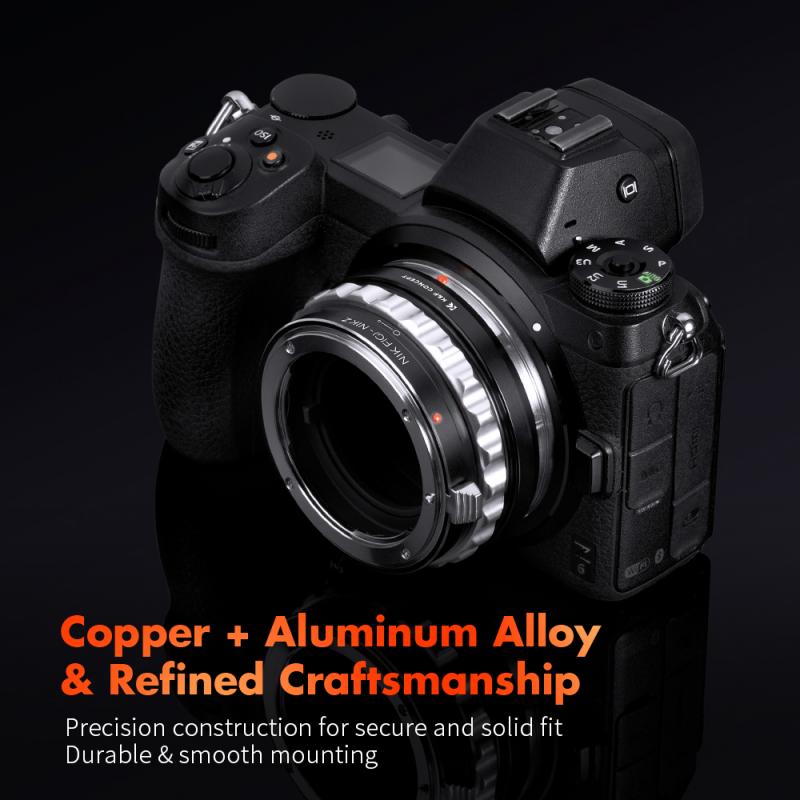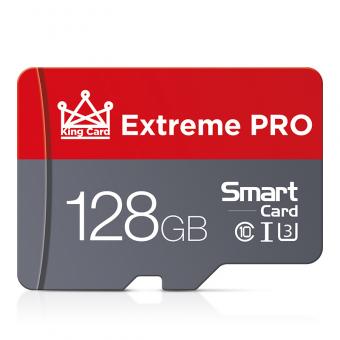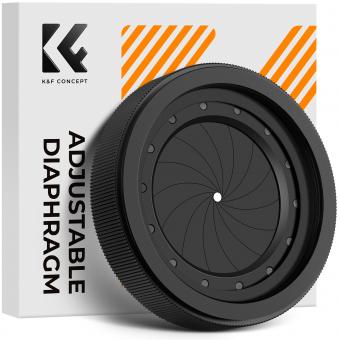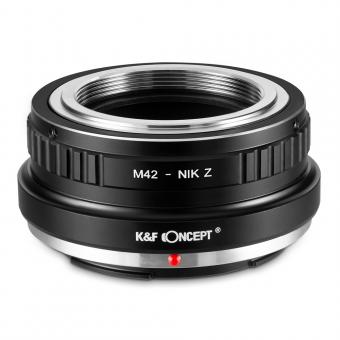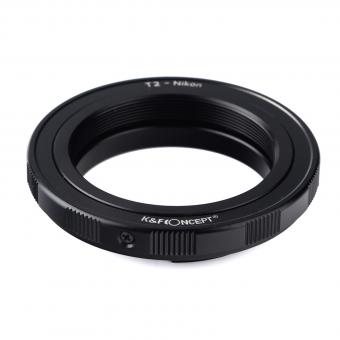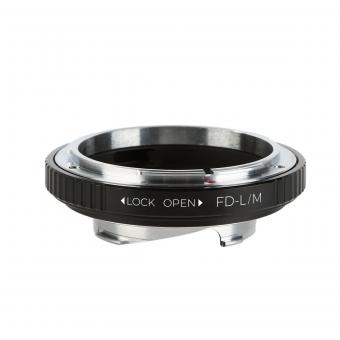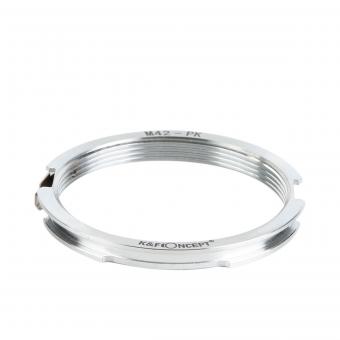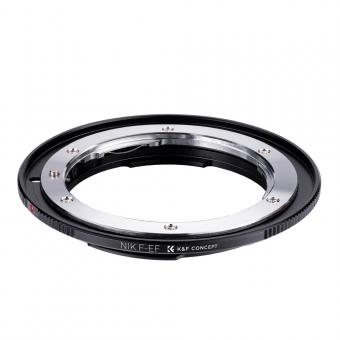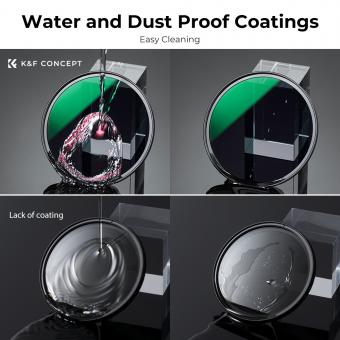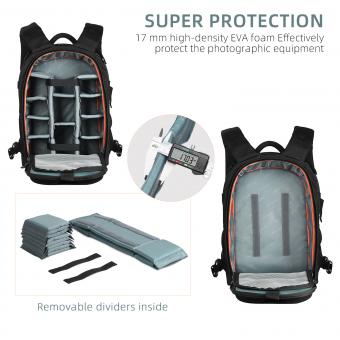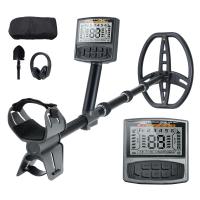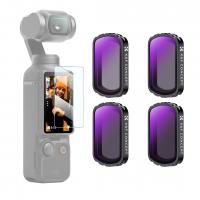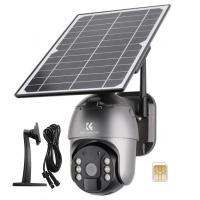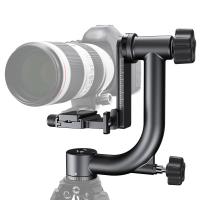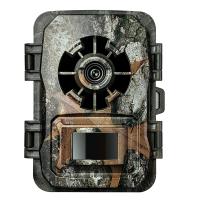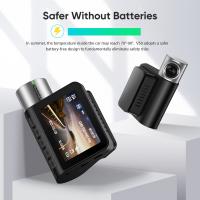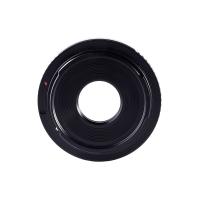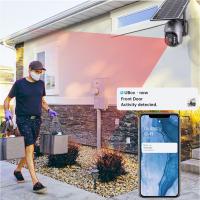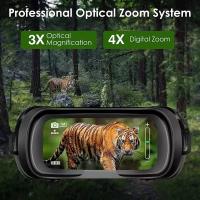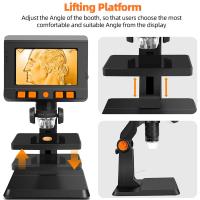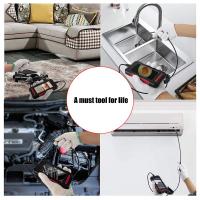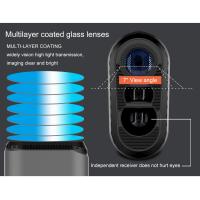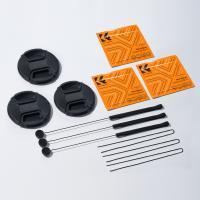How To Organize Camera Equipment ?
One way to organize camera equipment is to use a camera bag or backpack with compartments specifically designed for different types of gear. This can include padded sections for cameras and lenses, as well as pockets for accessories like memory cards, batteries, and filters. Another option is to use a storage case or cabinet with adjustable dividers to create custom compartments for each piece of equipment. It's also important to label everything clearly and keep an inventory list to make it easy to find what you need quickly. Regular cleaning and maintenance can also help keep your gear organized and in good working condition.
1、 Storage solutions for camera gear
Storage solutions for camera gear are essential for photographers who want to keep their equipment organized and easily accessible. With the increasing number of camera accessories available in the market, it can be challenging to keep everything in order. Here are some tips on how to organize camera equipment:
1. Use a camera bag or case: A camera bag or case is an excellent storage solution for camera gear. It provides protection for your equipment and keeps everything in one place. Choose a bag or case that is the right size for your gear and has compartments for different items.
2. Invest in storage containers: Storage containers are an excellent way to keep small camera accessories organized. Use clear containers so you can easily see what's inside. Label each container with the contents to make it easier to find what you need.
3. Use a pegboard: A pegboard is a great way to store larger camera accessories such as tripods and light stands. Hang the pegboard on a wall and use hooks to hang your gear. This will keep everything off the floor and easily accessible.
4. Create a charging station: If you have multiple batteries and chargers, create a charging station to keep everything organized. Use a power strip and label each charger with the corresponding battery.
5. Keep a checklist: Create a checklist of all your camera gear and accessories. This will help you keep track of what you have and what you need to bring on a shoot.
In conclusion, organizing camera equipment is essential for photographers who want to keep their gear in good condition and easily accessible. By using storage solutions such as camera bags, storage containers, pegboards, and charging stations, you can keep everything in order and ready to use.
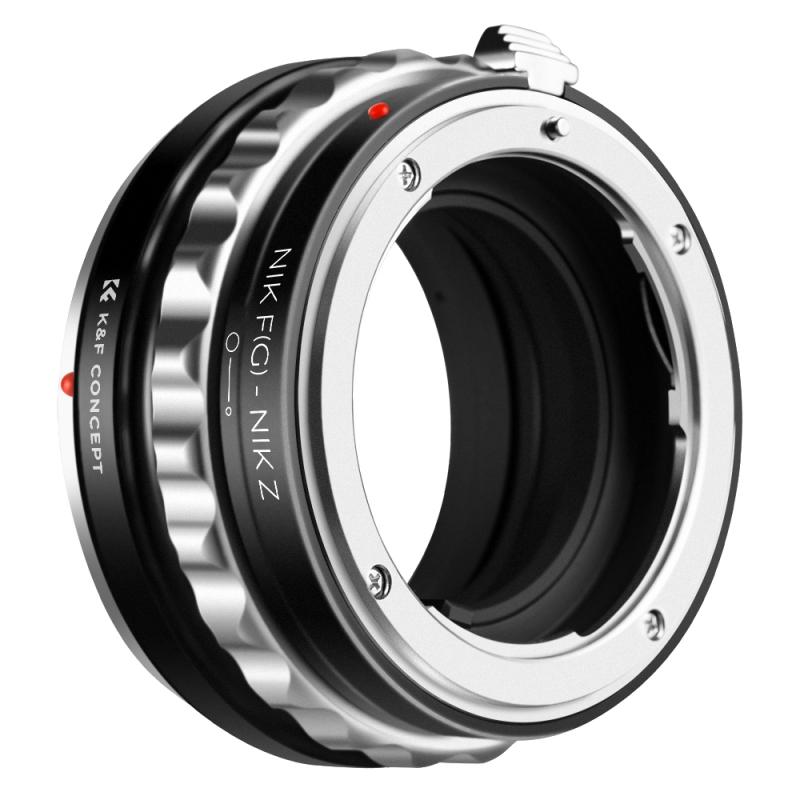
2、 Travel-friendly camera equipment organization
How to organize camera equipment:
Organizing camera equipment can be a daunting task, especially if you have a lot of gear. However, with a few simple tips, you can keep your equipment organized and easily accessible.
1. Use a camera bag: A camera bag is a great way to keep your equipment organized and protected. Look for a bag that has compartments for your camera body, lenses, and accessories.
2. Use dividers: If your camera bag doesn't have compartments, use dividers to create separate spaces for your equipment. This will help prevent your gear from getting jumbled together.
3. Label your gear: Labeling your gear can help you quickly find what you need. Use labels or tags to identify your lenses, batteries, and other accessories.
4. Keep your gear clean: Regularly clean your camera equipment to keep it in good condition. Use a microfiber cloth to wipe down your lenses and camera body.
Travel-friendly camera equipment organization:
When traveling, it's important to have your camera equipment organized and easily accessible. Here are some tips for organizing your gear on the go:
1. Use a backpack: A backpack is a great way to carry your camera equipment while traveling. Look for a backpack that has compartments for your camera body, lenses, and accessories.
2. Pack light: When traveling, it's important to pack light. Only bring the gear you need for your trip.
3. Use a camera strap: A camera strap can help you keep your camera easily accessible while on the go. Look for a strap that is comfortable to wear and easy to adjust.
4. Keep your gear secure: When traveling, it's important to keep your gear secure. Use a lock or other security device to prevent theft.
5. Backup your photos: While traveling, it's important to backup your photos. Use a portable hard drive or cloud storage to keep your photos safe.
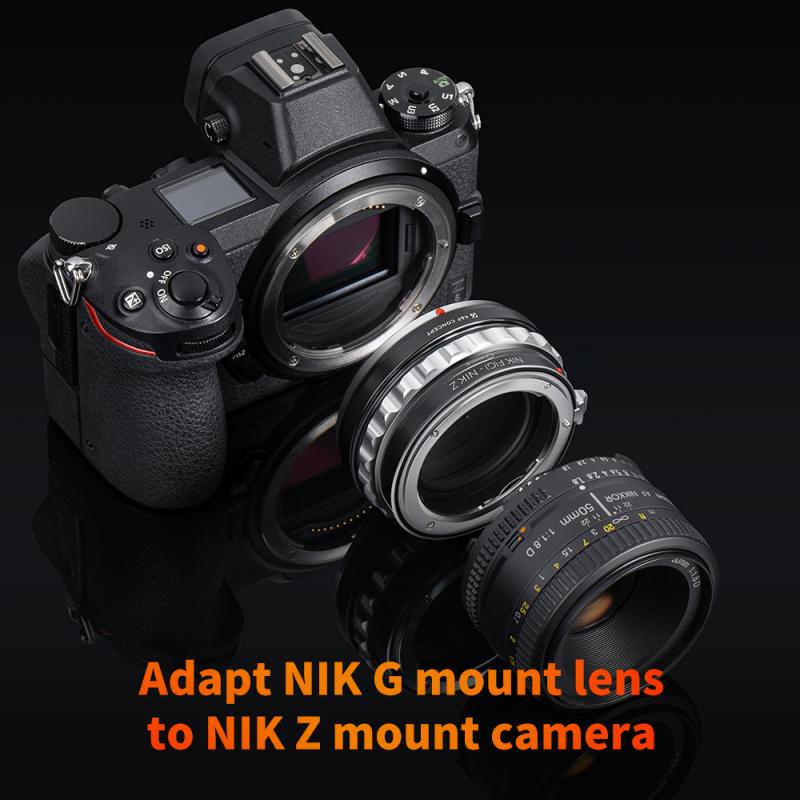
3、 Categorizing camera accessories by function
How to organize camera equipment is a common question among photographers. The first step is to categorize camera accessories by function. This means grouping similar items together, such as lenses, filters, and tripods. Once you have categorized your equipment, you can then organize them in a way that makes sense for your workflow.
One way to organize camera equipment is to use a camera bag or backpack with compartments designed for specific items. For example, you can use a compartment for your camera body, another for lenses, and another for accessories like batteries and memory cards. This makes it easy to find what you need quickly and keeps your equipment safe and protected.
Another way to organize camera equipment is to use storage containers or shelves. You can use clear plastic containers to store smaller items like filters and cables, and label them for easy identification. For larger items like tripods and light stands, you can use shelves or a dedicated storage area to keep them organized and easily accessible.
In addition to organizing your equipment physically, it's also important to keep track of your gear digitally. You can use a spreadsheet or inventory management software to keep track of your equipment, including serial numbers, purchase dates, and warranty information.
Overall, organizing camera equipment is essential for any photographer. By categorizing your accessories by function and using storage solutions that work for your workflow, you can keep your gear safe, easily accessible, and ready for your next shoot.
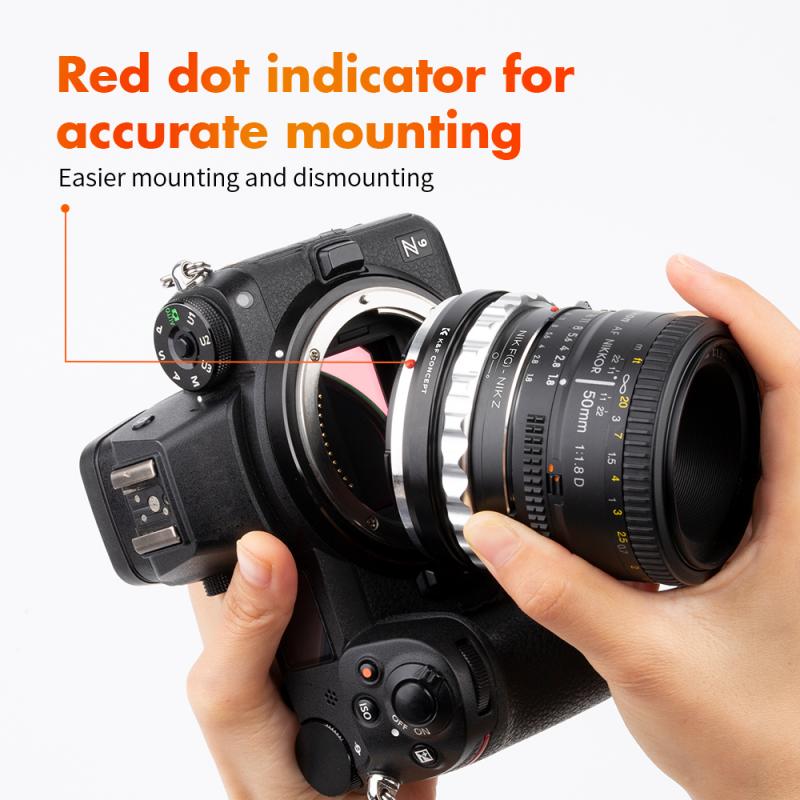
4、 Efficient camera bag packing techniques
How to organize camera equipment:
Organizing camera equipment can be a daunting task, especially if you have a lot of gear. However, with a few simple tips, you can keep your equipment organized and easily accessible.
1. Use a camera bag: A camera bag is a great way to keep your equipment organized and protected. Look for a bag that has compartments and pockets to keep your gear separated and easy to find.
2. Create a checklist: Create a checklist of all the equipment you need for a shoot. This will help you ensure that you have everything you need and that you don't forget anything.
3. Label your gear: Labeling your gear can help you quickly identify what you need. Use labels or colored tape to mark your equipment, so you can easily find what you need.
4. Keep your gear clean: Keeping your gear clean is essential to ensure that it functions properly. Use a microfiber cloth to clean your lenses and camera body regularly.
5. Store your gear properly: When you're not using your gear, store it in a dry, cool place. Avoid storing your equipment in direct sunlight or in a humid environment.
Efficient camera bag packing techniques:
Packing your camera bag efficiently can save you time and ensure that you have everything you need for a shoot. Here are some tips for efficient camera bag packing:
1. Pack your bag in layers: Start by packing your heaviest and largest items at the bottom of your bag. Then, layer your gear on top of each other, with the items you need most frequently on top.
2. Use packing cubes: Packing cubes can help you keep your gear organized and separated. Use different cubes for different types of gear, such as lenses, batteries, and memory cards.
3. Use a camera insert: A camera insert can help you turn any bag into a camera bag. It provides padding and compartments to keep your gear organized and protected.
4. Pack smart: Only pack the gear you need for a shoot. Don't bring everything you own, as it will only weigh you down and make it harder to find what you need.
5. Be prepared: Always pack extra batteries, memory cards, and other essentials. You never know when you might need them.
In today's world, with the rise of social media and the increasing demand for visual content, organizing camera equipment and packing your camera bag efficiently is more important than ever. By following these tips, you can ensure that you're always ready to capture the perfect shot.
